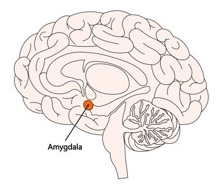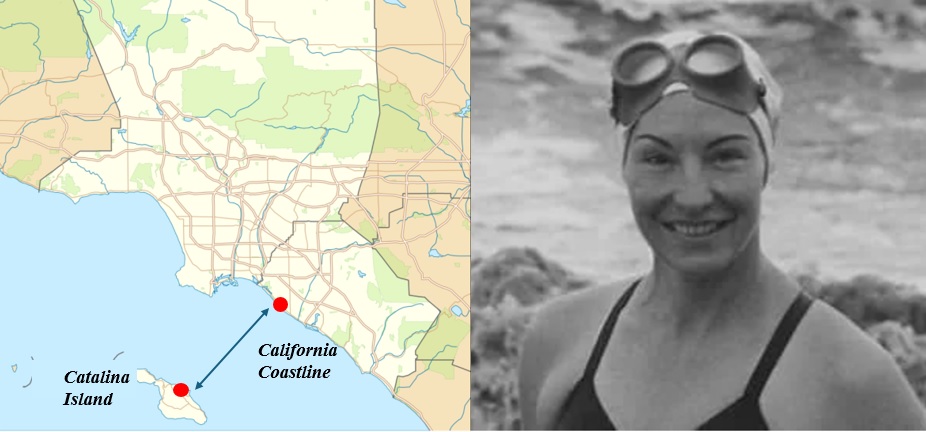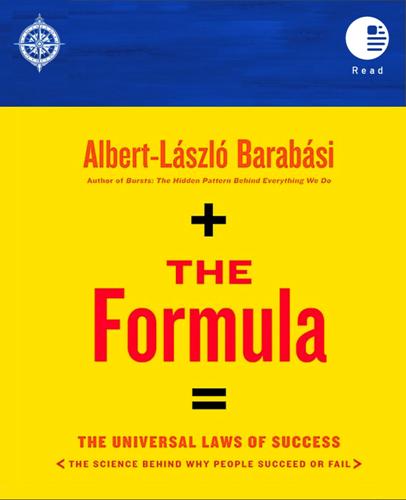Navigating Career Fog: Lessons from Florence Chadwick’s Swim
On July 4, 1952, Florence Chadwick attempted to swim 33 kilometers between Catalina Island and the California coastline. After 15 hours and 55 minutes and with only a half a kilometer to go, she felt that she couldn’t go on, and asked to be taken out of the water.
“All I could see was the fog … I think if I could have seen the shore, I would have made it.” – Florence Chadwick
On July 4, 1952, Florence Chadwick attempted to swim 33 kilometers between Catalina Island and the California coastline. After 15 hours and 55 minutes and with only a half a kilometer to go, she felt that she couldn’t go on, and asked to be taken out of the water.
“All I could see was the fog … I think if I could have seen the shore, I would have made it.” – Florence Chadwick
In 1952, teenage Florence Chadwick dove into the Pacific Ocean off Catalina Island with the intention of swimming all the way to the shore of mainland California. Prior to this, she had been the first woman to swim both ways across the English Channel. It was cold and misty outside nut she nevertheless swam for fifteen hours! Her mother, who was in a boat beside her, assured her that she would make it when she pleaded to be pulled out of the sea. She was finally hauled out of the water when she became emotionally and physically tired. The coast was less than half a mile away, but she didn’t realize it until she was aboard the boat! The fog clouded Florence’s view of the goal, and she was left just going through the motions. “All I could see was the fog.…I think if I could have seen the shore, I would have made it.” – Florence Chadwick
Impact of Environmental Factors on Perception: What role do environmental factors, such as fog in this example play in affecting an individual’s perception and understanding of their objectives, and how does environmental factors impact the cognitive processes?
What was the reason for Florence inability to finish the swim? In short, the fog obscured her view of the shore, leading to a distortion in her perception and goals. She started off the swim with everything working in her favor. She could see the realistic goal before her and deciding to swim 33 kilometers did not upset her neurobiology.
Our brain has two significant ejectives that control almost everything it does:


After practicing diligently, Florence became comfortable swimming the 33 kilometers distance. Being able to see the shore helped her stay calm and allowed the right chemicals to flow through her body, making her more efficient as she worked towards achieving her goal. However, when the fog rolled in, it distorted her perception and changed her goals, altering her neurochemistry and activating specific areas of her brain called amygdala while deactivating others.

Amygdala is a small part of the brain that plays a key role in processing emotions and memories.
It’s part of the limbic system and is involved in processing strong emotions like fear and pleasure.
What does the amygdala do?
Amygdala is a small part of the brain that plays a key role in processing emotions and memories.
It’s part of the limbic system and is involved in processing strong emotions like fear and pleasure.
What could Florence have done to prevent it from happening?
Although there are no guaranteed solutions, there are a few things that might have helped her improve her situation. One approach she could have taken is known as ”If-Then”; in neuroscience. This method involves cognitive control, decision-making, and the neural mechanisms that determine potential outcomes based on various conditions.
-If the fog sets in, then I will focus on my immediate surroundings and rely on my training in navigation techniques.
-If visibility is severely limited, then I will slow down my pace and prioritize safety over speed.
-If I feel a sense of panic, then I will use deep breathing and positive self-talk to stay calm and focused.
By setting up these conditional plans, she would prepare herself with a set of mental tools that can be utilized as needed in response to changing circumstances. This method assists in overriding the Amygdala’s reaction by presenting a structured and optimistic approach to dealing with uncertainties.
How often do we encounter situations where we continue to fulfill expectations without a clear understanding of the organizational goals and how to contribute to it?
Like Florence, we end up swimming but don’t have a clear objective. Work has a habit of keeping you busy by doing activities. These activities can give us a false sense of working toward a goal. One year turns into to two, then five and before you know it time passes us by and we end up thinking “where did the time go? Sometimes we understand how our actions contribute to the success of the companies, sometimes we don’t. Employees should not rely solely on the organization to provide goals or purpose for performing their jobs.
One of the antidotes to career fog is implementing a protean view of your career. The thought behind this view places a strong emphasis on people managing their careers actively, adjusting to change, and never stop learning. When employees adopt this strategy to manage their career, they are less dependent on the organization to give meaning to the work they do. While there are organizational benefits to the job activities – some more apparent than others – the activities are helping build the portfolio of skills that are actively being managed and developed.
How to navigate a career?
Like a business owner considering their business’ unique value proposition, employees should consider how they can increase their value by building out skills that are desirable in the marketplace. Having this view will shape the behaviors, motivations, and actions. It will influence employees to have agency in their development thus creating value in their organizations.
Recently I saw an LMS advertising stating that 46% of workforce felt they did not have clear learning opportunities, an ad that was highlighting problem and how their solution can connect employees to learning assets. An approach that is a bit like treating the symptom and not the root illness! There is a desire to keep putting learning in front of employees to make it seamless and “in the flow of work”. While this is a worthwhile endeavor it cannot be the sole focus of the talent development initiatives. It is about the people, not just about learning assets.
Like Florence, we end up swimming but don’t have a clear objective. Work has a habit of keeping you busy by doing activities. These activities can give us a false sense of working toward a goal. One year turns into to two, then five and before you know it time passes us by and we end up thinking “where did the time go? Sometimes we understand how our actions contribute to the success of the companies, sometimes we don’t. Employees should not rely solely on the organization to provide goals or purpose for performing their jobs.
One of the antidotes to career fog is implementing a protean view of your career. The thought behind this view places a strong emphasis on people managing their careers actively, adjusting to change, and never stop learning. When employees adopt this strategy to manage their career, they are less dependent on the organization to give meaning to the work they do. While there are organizational benefits to the job activities – some more apparent than others – the activities are helping build the portfolio of skills that are actively being managed and developed.
If employees have the desire and the motivation to learn based on their own career needs, they will find the learning assets that will build their skill sets and increase their value proposition.
This is one of the key components of Building Career Capital. In this group coaching program, we work with employees to understand why and how to take ownership to navigate their careers paths and to support and contribute to their organizations. We are running this program across the UAE in Abu Dhabi and Dubai as well as in Riyadh, KSA. This program has multiple use cases including graduate development, HiPo, and GCC National cohorts. The format allows for customization to meet the needs of each cohort.
If you’re interested to see the program outline and pricing you can email us at shad@clairmontdevelopement.com and we will send you a copy.









Leave A Comment